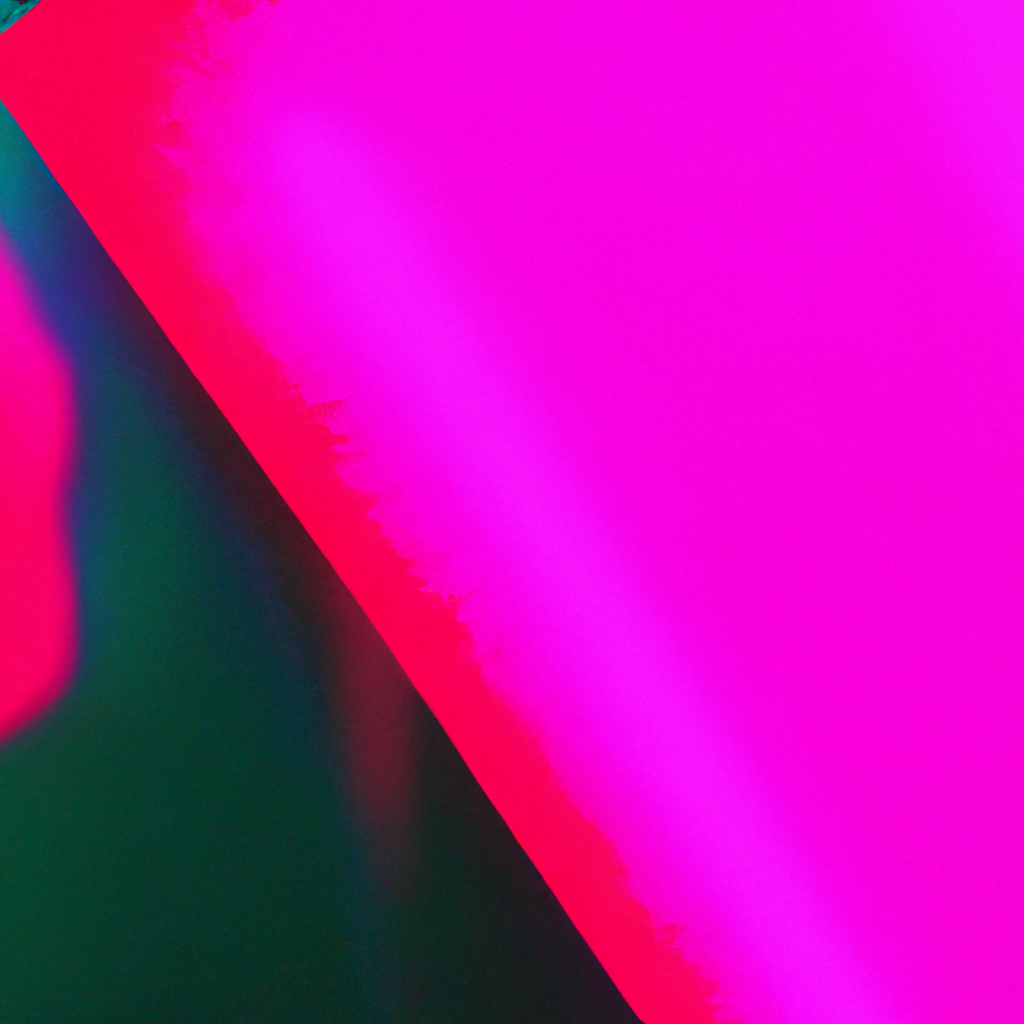AI-Based Motion Design and Animation Systems
Artificial Intelligence (AI) has revolutionized various industries, and motion design and animation are no exceptions. With the advancements in AI technology, designers and animators now have access to powerful tools that can automate and enhance their creative processes. AI-based motion design and animation systems offer a range of benefits, from generating realistic movements to reducing production time. In this article, we will explore the capabilities of AI in motion design and animation, examine real-world examples, and discuss the future implications of this technology.
The Role of AI in Motion Design and Animation
Motion design and animation involve creating visually appealing and dynamic content that captures the attention of viewers. Traditionally, this process required significant manual effort and expertise. However, AI has emerged as a game-changer in this field, enabling designers and animators to achieve impressive results more efficiently.
AI-based motion design and animation systems leverage machine learning algorithms to analyze vast amounts of data, including existing animations, videos, and motion capture data. By learning from this data, AI algorithms can generate realistic movements, predict future frames, and even create entirely new animations based on user input.
Automated Animation Generation
One of the key advantages of AI-based motion design systems is their ability to automate animation generation. These systems can analyze a given set of parameters, such as character traits, emotions, or desired movements, and generate animations accordingly. For example, an AI-based system can take a simple 2D character and automatically generate a complex walk cycle, complete with natural movements and variations.
By automating animation generation, designers and animators can save significant time and effort. Instead of manually creating each frame, they can focus on refining the generated animation or adding additional details to enhance the overall quality.
Realistic Motion Capture
Motion capture is a widely used technique in animation, where the movements of real actors or objects are recorded and then applied to virtual characters or objects. AI-based motion design systems can enhance this process by improving the accuracy and realism of motion capture data.
Using machine learning algorithms, AI systems can analyze motion capture data and identify patterns and nuances that may be missed by human animators. This allows for more precise and realistic animations, as the AI system can generate additional frames or adjust existing ones to create smoother and more natural movements.
Real-World Examples
Several companies and organizations have already embraced AI-based motion design and animation systems, showcasing the potential of this technology in various applications. Let’s explore some notable examples:
Adobe Sensei
Adobe Sensei is an AI-powered platform that offers a range of tools for designers and animators. One of its notable features is Auto-Animate, which allows users to create smooth transitions between artboards in Adobe XD. By analyzing the design elements and user interactions, Auto-Animate automatically generates the intermediate frames, resulting in visually appealing and seamless animations.
DeepArt
DeepArt is an AI-based platform that uses neural networks to transform images into artistic animations. Users can upload their images and select a specific art style, such as impressionism or cubism. The AI algorithm then analyzes the image and applies the chosen style to create a unique and visually stunning animation.
Disney Research
Disney Research has been at the forefront of AI-based motion design and animation. In one project, researchers developed an AI system that can automatically generate 3D animations from 2D drawings. By learning from a vast database of existing animations, the AI system can understand the intent behind the 2D drawings and convert them into fully animated 3D characters.
The Future of AI in Motion Design and Animation
As AI technology continues to advance, the future of motion design and animation looks promising. Here are some potential implications and trends to watch out for:
Improved Efficiency and Productivity
AI-based motion design and animation systems will continue to improve efficiency and productivity in the industry. By automating repetitive tasks and providing intelligent suggestions, these systems can help designers and animators focus on the creative aspects of their work. This will lead to faster production times and more innovative animations.
Enhanced Realism and Creativity
AI algorithms are becoming increasingly proficient at generating realistic animations. As these algorithms continue to learn from vast amounts of data, they will be able to create animations that are indistinguishable from those created by human animators. Additionally, AI can assist in exploring new creative possibilities by generating unique and unconventional animations based on user input.
Personalized and Interactive Animations
With AI, motion design and animation can become more personalized and interactive. AI algorithms can analyze user preferences and behaviors to generate animations tailored to individual viewers. This level of personalization can enhance user engagement and create more immersive experiences.
Summary
AI-based motion design and animation systems have revolutionized the industry by automating animation generation, improving motion capture, and enhancing overall efficiency. Companies like Adobe, DeepArt, and Disney Research have already demonstrated the capabilities of AI in this field through their innovative platforms and projects.
The future of AI in motion design and animation looks promising, with improved efficiency, enhanced realism, and personalized experiences on the horizon. As AI technology continues to advance, designers and animators can expect to benefit from more powerful tools that streamline their workflows and unlock new creative possibilities.
